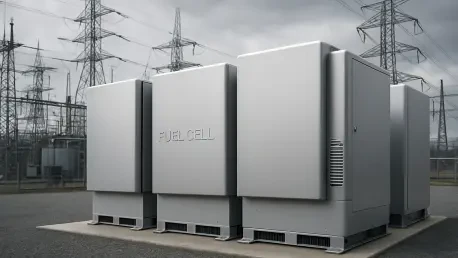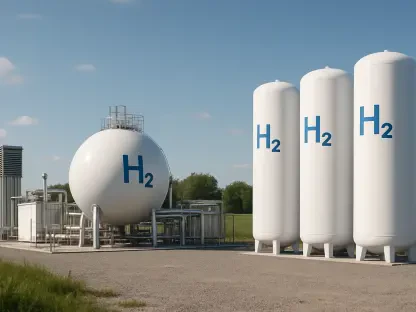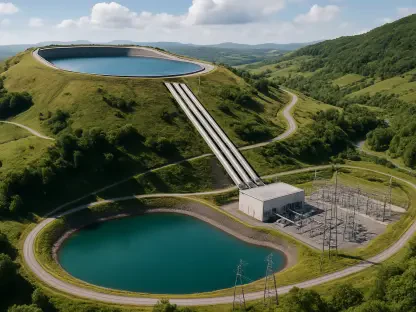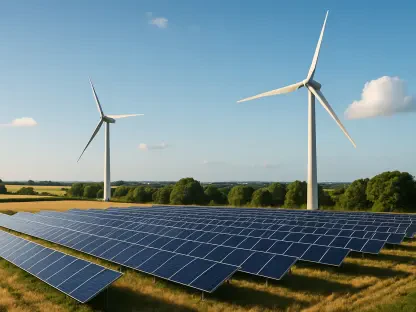Today, we’re thrilled to sit down with Christopher Hailstone, a seasoned expert in energy management, renewable energy, and electricity delivery. With his deep knowledge of grid reliability and security, Christopher provides invaluable insights into the evolving landscape of the utility industry. In this conversation, we’ll explore the urgent challenges utilities face with skyrocketing power demand, the innovative role of fuel cells in addressing these issues, and how they offer scalable, flexible solutions for the future of energy delivery.
Can you walk us through what’s fueling the urgent need for more power in the utility industry today?
Absolutely. The utility industry is experiencing a demand surge unlike anything we’ve seen in decades, largely driven by the rapid expansion of data centers and manufacturing. These sectors are power-hungry, and their growth is tied directly to economic development. Data centers, for instance, are critical for cloud computing and AI, while manufacturing is seeing a resurgence with reshoring efforts. The problem is, the grid often can’t keep up, and interconnection delays—sometimes stretching up to five years—are creating bottlenecks. This means utilities risk losing major customers to regions with faster access to power if they can’t adapt quickly.
How are fuel cells stepping in to help utilities manage this unprecedented demand for electricity?
Fuel cells are a game-changer for utilities because they offer a responsive and agile way to deliver power. Unlike traditional infrastructure like transmission lines or substations, which can take years to build, fuel cells can be deployed much faster. They’re essentially a bridge solution—providing immediate capacity while longer-term projects are underway. What’s more, they can be placed close to the load, right where the power is needed, reducing transmission losses and easing grid strain. This proximity and speed make them ideal for keeping up with fast-moving demand.
What sets fuel cells apart from other onsite power options like gas engines or turbines when it comes to meeting utility needs?
Fuel cells have several distinct advantages. For one, they’re much quieter and take up less space than gas engines or turbines, which is a big plus in urban or community settings. They’re also easier to permit because of their lower emissions profile, which makes them more acceptable to local stakeholders. Communities are often wary of noisy, high-emission power sources, so fuel cells tend to face less resistance. On top of that, they provide reliable, firm power around the clock, which is critical for utilities serving large-load customers who can’t afford downtime.
I’ve heard about incredibly fast deployment timelines with fuel cells. Can you explain how this works and what it means for utilities?
Yes, the speed of deployment is one of the most exciting aspects of fuel cells. Some companies can deliver significant capacity—up to 50 megawatts—in as little as 90 days. This is possible because of pre-engineered, modular designs that streamline manufacturing and installation. Looking ahead, with production capacity expected to scale to 2 gigawatts by 2026, this rapid rollout capability will allow utilities to tackle demand spikes without the long wait times associated with traditional infrastructure. It’s a lifeline for keeping customers online and retaining economic growth in their regions.
Can you elaborate on how the modular design of fuel cells provides flexibility for scaling power to match varying needs?
The modular design is really at the heart of fuel cells’ flexibility. Think of it as a building-block approach—each unit can be added or removed based on demand, scaling from a few hundred kilowatts to hundreds of megawatts. This is perfect for utilities dealing with unpredictable loads, like data centers that suddenly onboard new tenants. You can start small and expand as needed without overcommitting resources upfront. It also means you’re not stuck with oversized infrastructure if demand shifts, making it a cost-effective and adaptable solution.
Let’s talk about a real-world application. How are fuel cells being used by utilities like American Electric Power to support major data center projects?
A great example is the partnership between American Electric Power and data center operators in Central Ohio. Fuel cells are being deployed to provide immediate, reliable power to these facilities, allowing them to start operations right away while traditional transmission solutions, which take years to build, are still in progress. What’s particularly beneficial is that the customers cover the full project costs under long-term agreements. This protects utility ratepayers from bearing the financial burden and ensures the region retains the economic benefits of these high-value customers instead of losing them to other areas.
What’s your forecast for the role of fuel cells in the future of utility power delivery?
I’m very optimistic about the trajectory of fuel cells in the utility sector. As demand continues to outpace traditional infrastructure development, fuel cells will become a cornerstone for bridging capacity gaps. Their scalability, speed, and environmental benefits align perfectly with the push for cleaner, more resilient grids. I expect we’ll see wider adoption over the next decade, especially as production ramps up and costs come down. They’re not just a stopgap—they’re a strategic tool for utilities to stay competitive and support sustainable economic growth in an increasingly electrified world.









